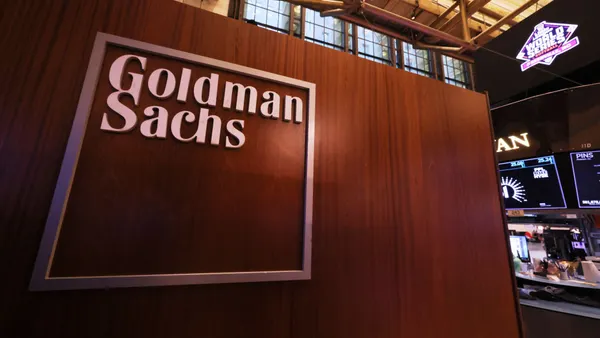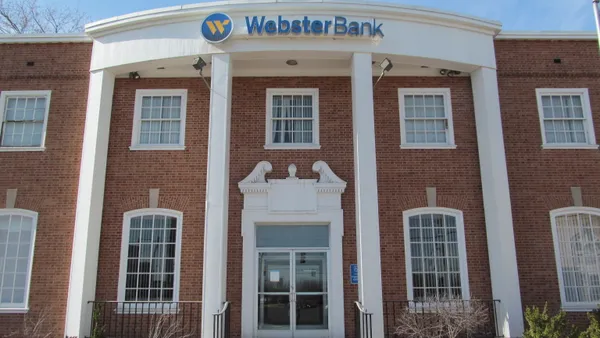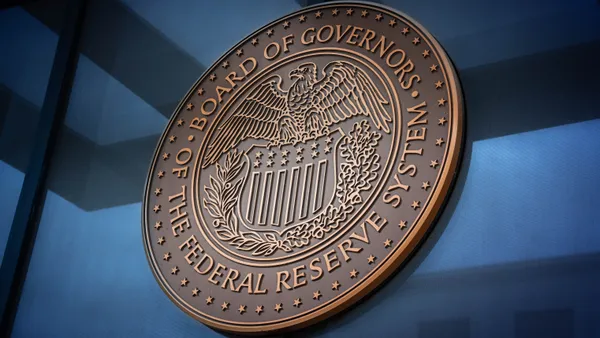Black financial institutions are less likely than their minority or nonminority institution peers to offer online and mobile banking services, according to a recent study by the Urban Institute.
As more consumers turn to digital options to address their banking needs, this technology disparity threatens to further shrink a category of financial institutions that have been on the decline for the last 20 years, said Michael Neal, a principal research associate at the Urban Institute.
There were 47 Black-owned banks insured by the Federal Deposit Insurance Corp. in 2002, according to FDIC data. Last year, that figure fell to 16, accounting for less than 0.03% of assets at all FDIC-insured financial institutions.
The Urban Institute study, which was released last month, specifically focused on technology inequities at Black-owned credit unions, using the not-for-profit institutions as a proxy for Black depository institutions overall, since credit unions account for 95% of the combined number of Black credit unions and banks, according to the researchers.
Black credit unions accounted for 361 of the 381 Black federally insured depository institutions operating at the end of the third quarter of 2022, according to the report, which analyzed third-quarter call report data.
Around 80% of nonminority credit unions reported having an informational website and online banking service, compared to only half of the Black credit unions, the study found.
Neal said the report highlights a troubling trend.
Black institutions, which help expand credit to underserved areas, run the risk of losing customers if they continue to fall behind their nonminority peers in terms of digital banking offerings, he said.
“There is a risk that these particular institutions won’t continue to thrive in this brave new world of digital banking,” said Neal, who added a drop in Black-owned banks could lead to more banking deserts and an uptick in minority borrowers turning to alternative services that may charge higher interest rates.
“There's a specific benefit that [Black banks] bring to communities of color. And they really run the risk of losing that benefit,” he said.
When it comes to investments in technology and innovation, Black-owned banks face enormous competitive pressure from their larger nonminority competitors.
The report noted the significant size disparity when comparing Black institutions to their peers.
The average Black bank is 7% of the size of the average nonminority financial institution, according to the report.
Similarly, the study found the average Black credit union is 19% of the size of the average nonminority credit union.
When it comes to digitization, Black-owned banks face capital and capacity constraints, Neal said.
“These firms often lack people with the background to help to integrate these digital systems,” Neal added.
A lack of pressure or demand from Black consumers could also contribute to the technology gap at Black-owned banks, Neal noted.
“Black people and other people of color are less likely than others to have a smartphone or internet access,” according to the report.
But digital banking, accelerated in part by the pandemic, is steadily becoming mainstream, Neal said.
“The financial landscape is very clearly moving in this direction,” Neal said. “And it’s a financial inclusion issue. … The research indicates that people of color are more likely to be unbanked or underbanked. And that's about people demanding services from a depository. But at the same time, it appears that these MDIs, particularly Black MDIs, are not able to offer the kinds of services that are really needed to be competitive in this environment.”
Federal and private entities have launched programs to help address the tech disparity at minority depository institutions in recent years.
In March 2021, the Treasury Depatment announced a $9 billion investment in Community Development Financial Institutions and MDIs to support their efforts to provide financial products for small and minority-owned businesses and consumers in low-income and underserved communities.
And in December 2021, fintech Upstart partnered with the National Bankers Association on an initiative to improve access to affordable credit for customers of MDIs through an agreement to use Upstart’s AI lending platform.
As part of the partnership, Upstart agreed to offer association members special implementation pricing, tailored volume minimums and unit pricing on small loans.
Neal said he hopes the Urban Institute report will help draw attention to the tech disparity at Black-owned institutions, as well as sharpen the resolve of those who are already addressing the issue.
“We certainly would hear about this anecdotally, but we could not find a report that actually quantified the disparities in the way that we did in our report,” he said. “My hope is that if there were any folks with skepticism in the past, they are now increasingly convinced to contribute towards solving this issue.”














